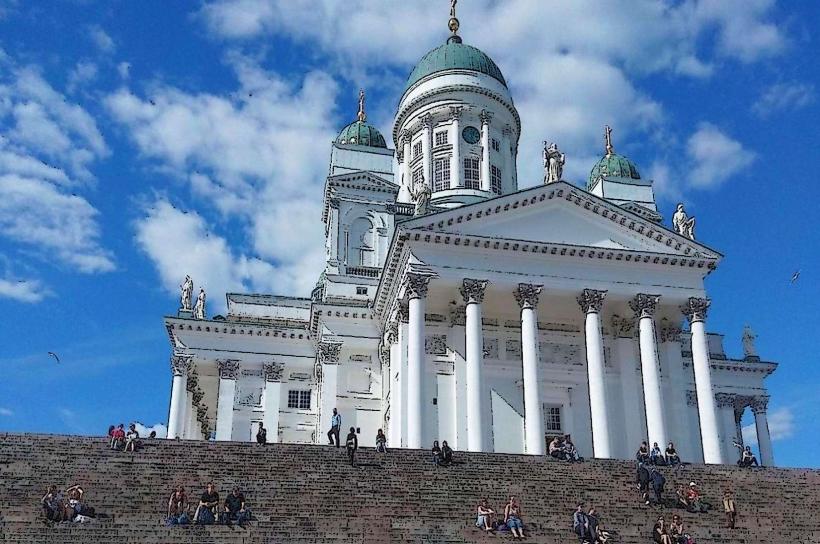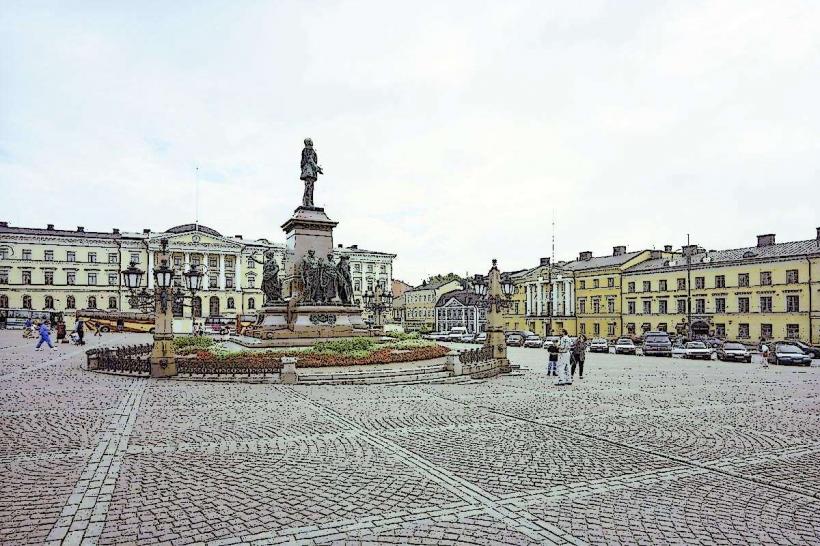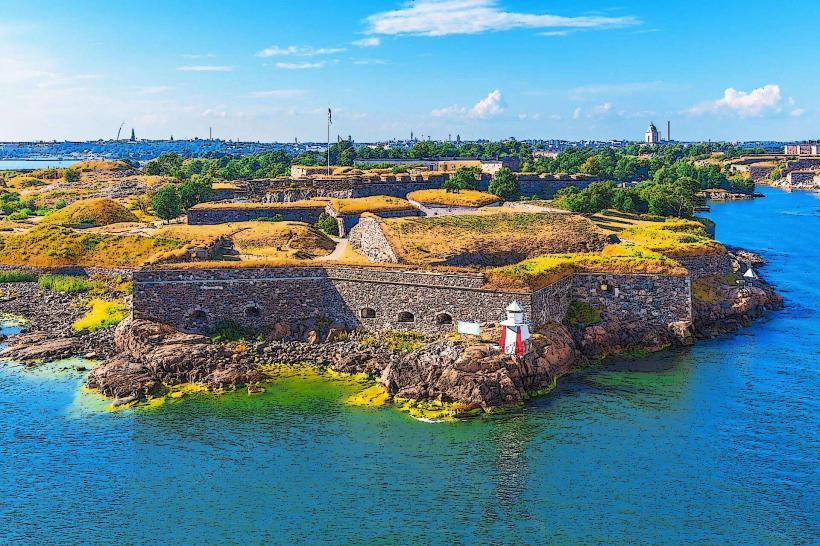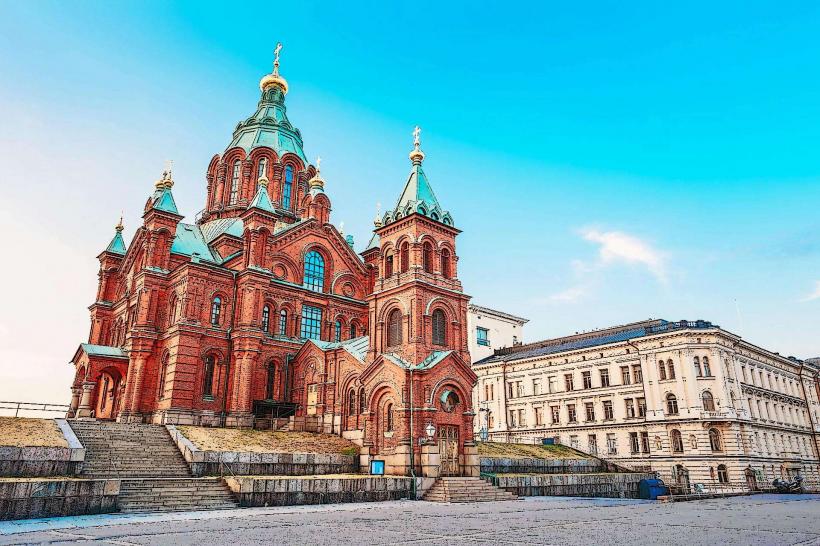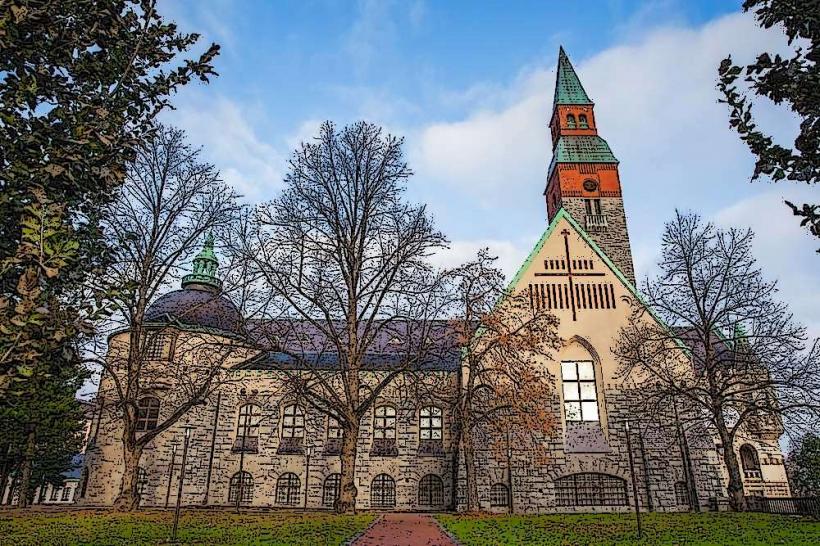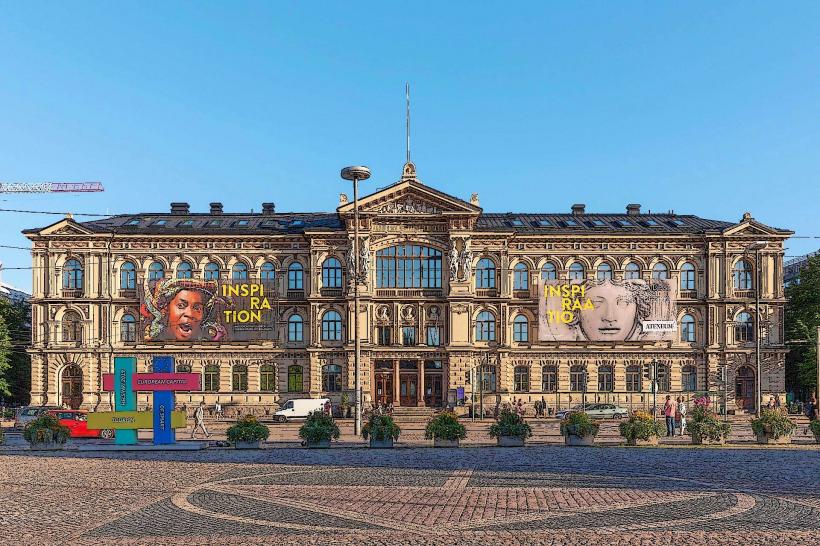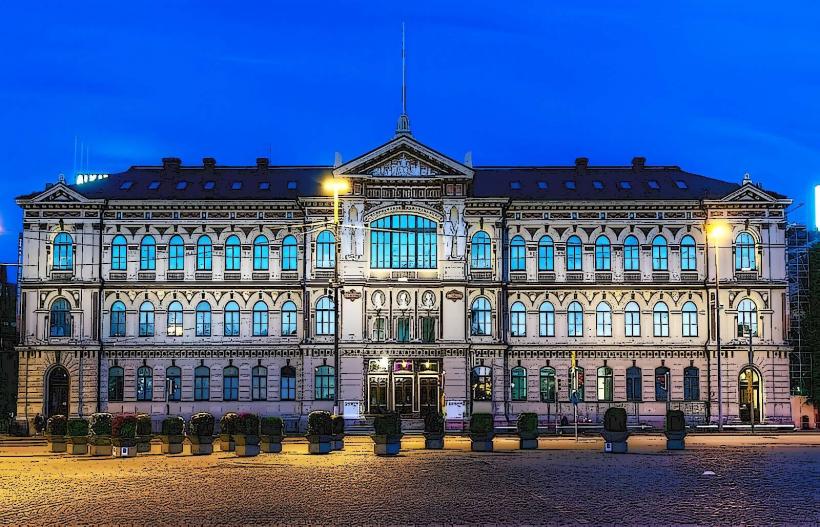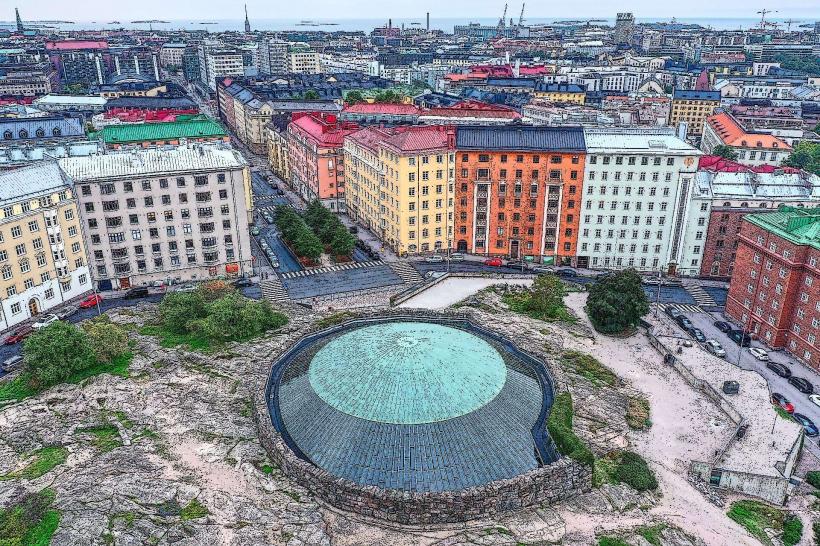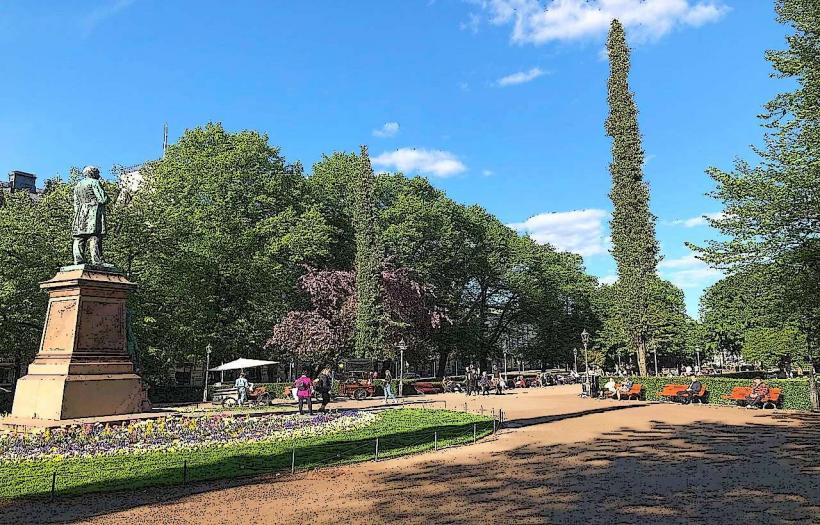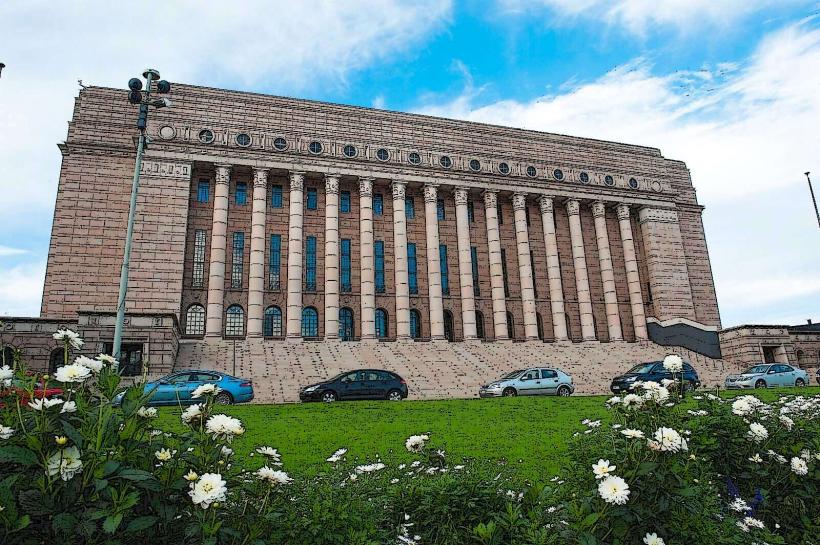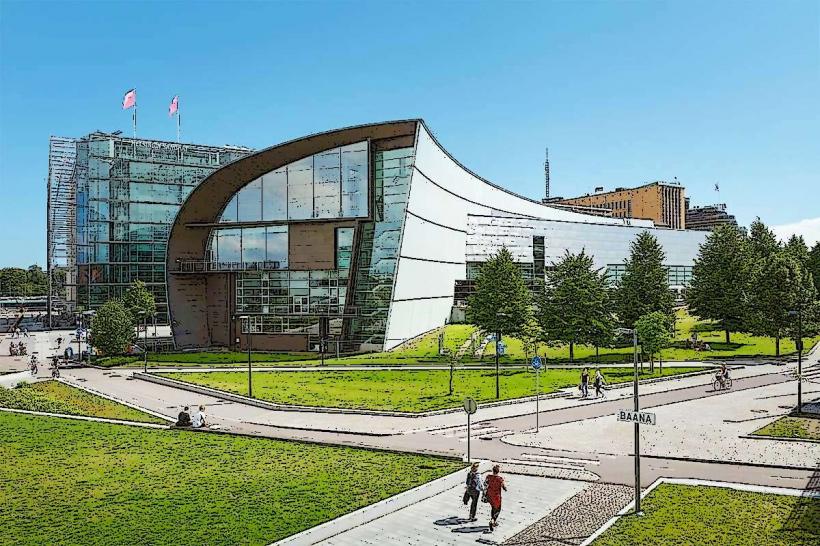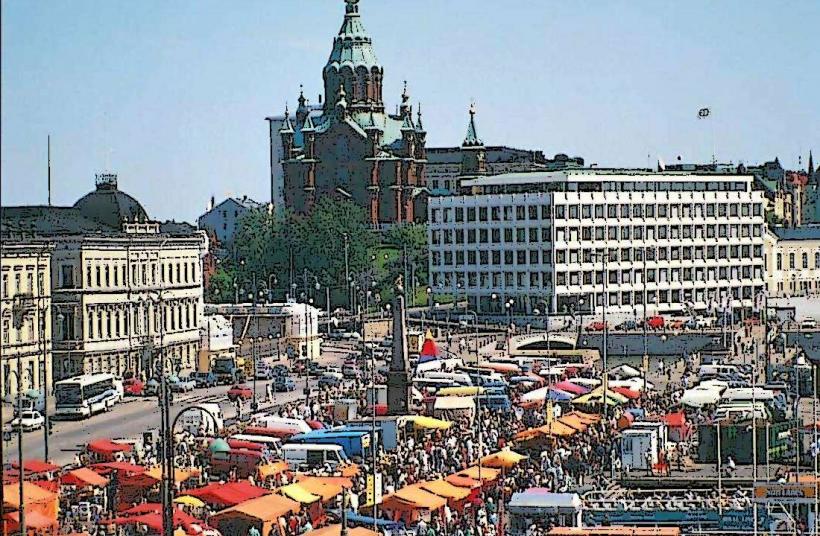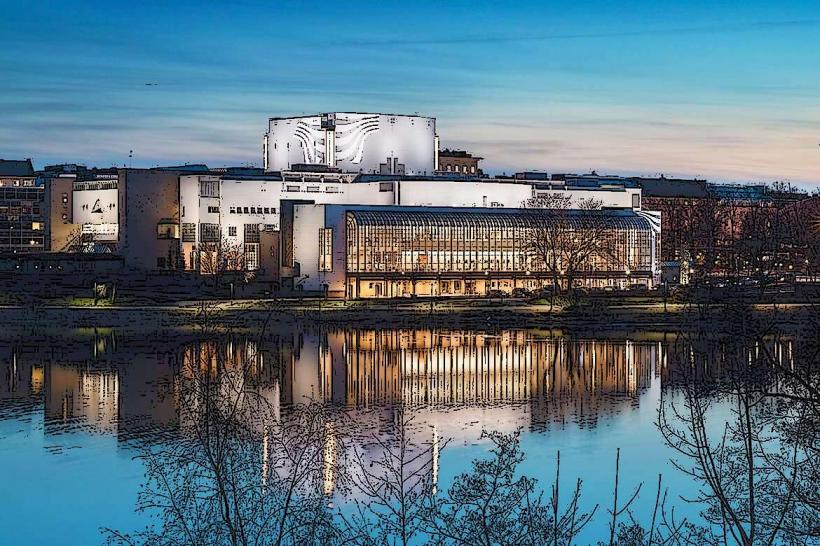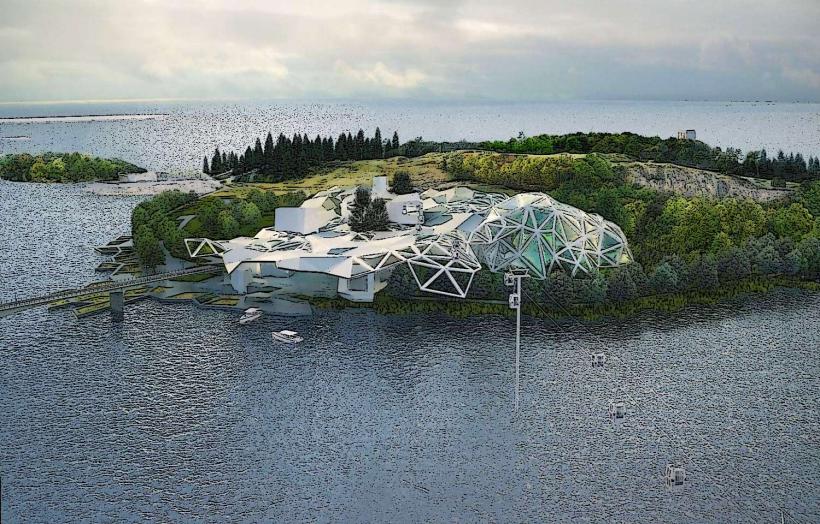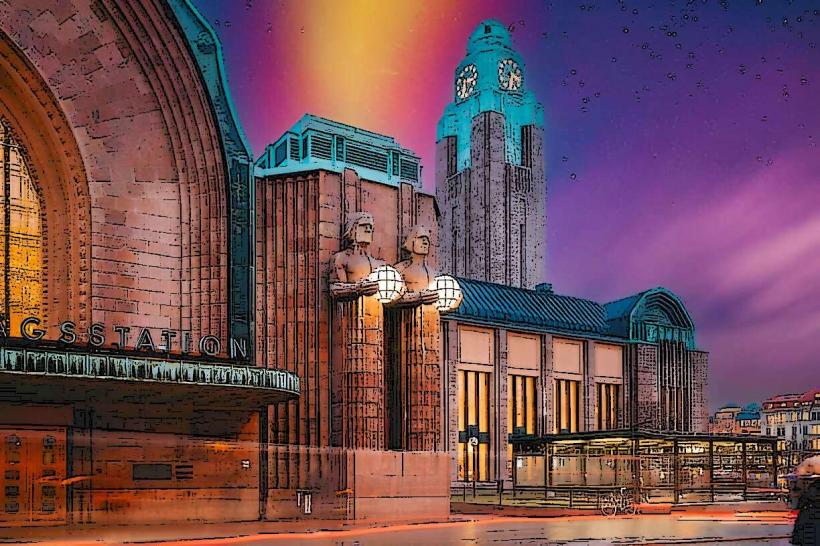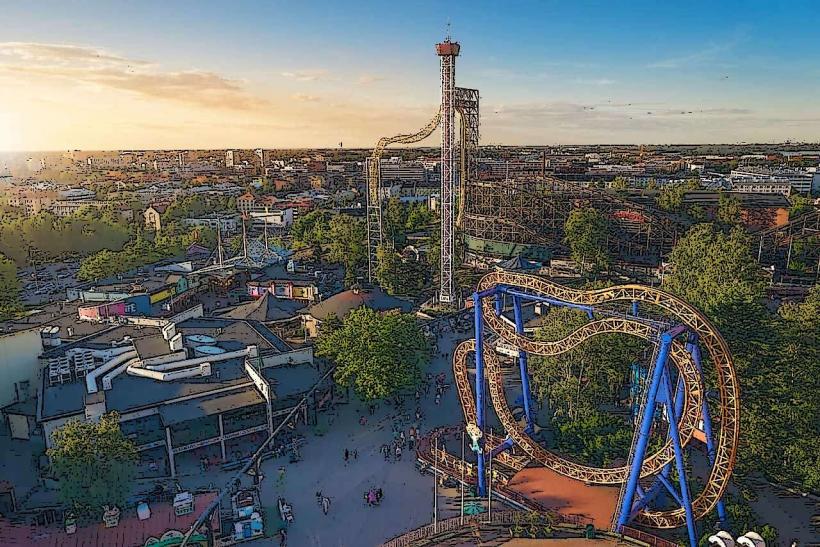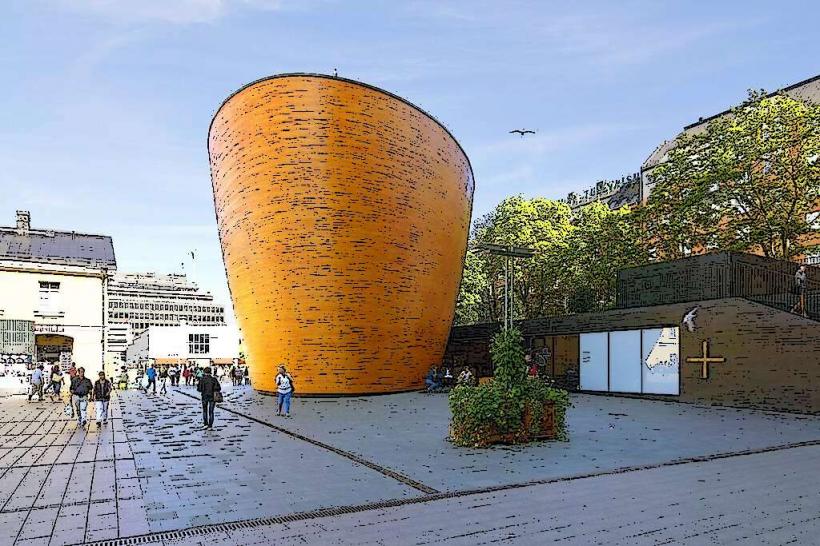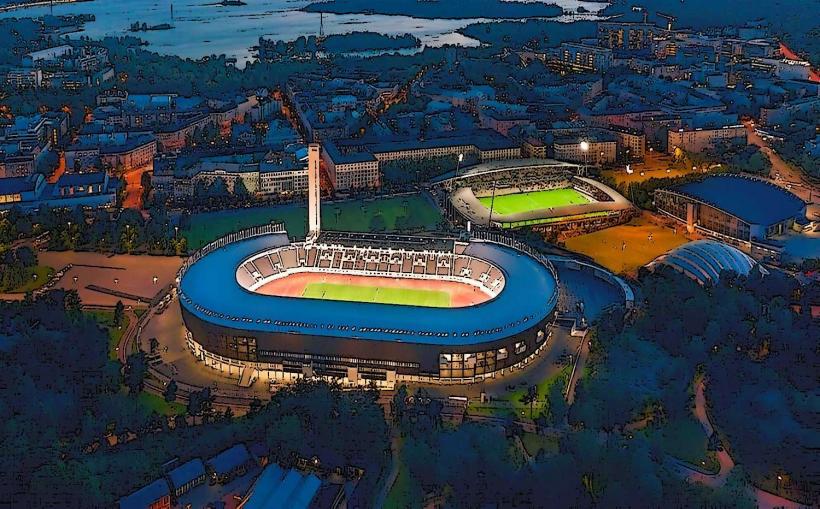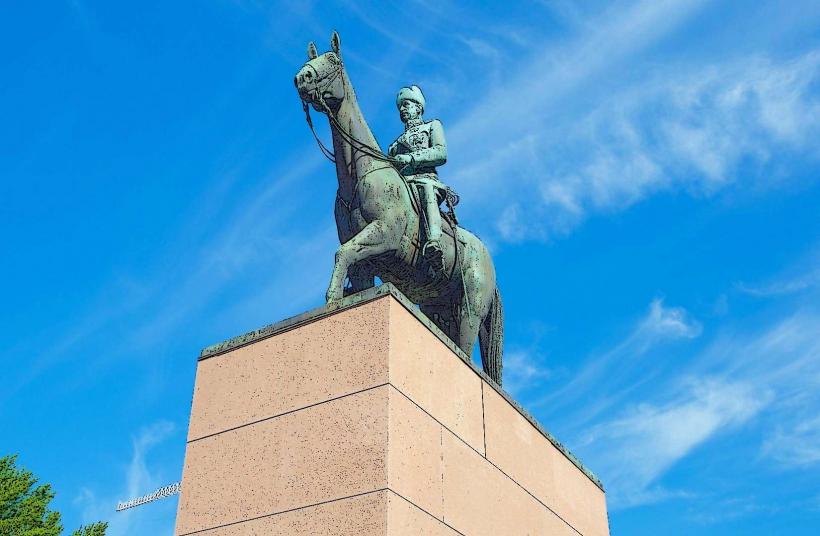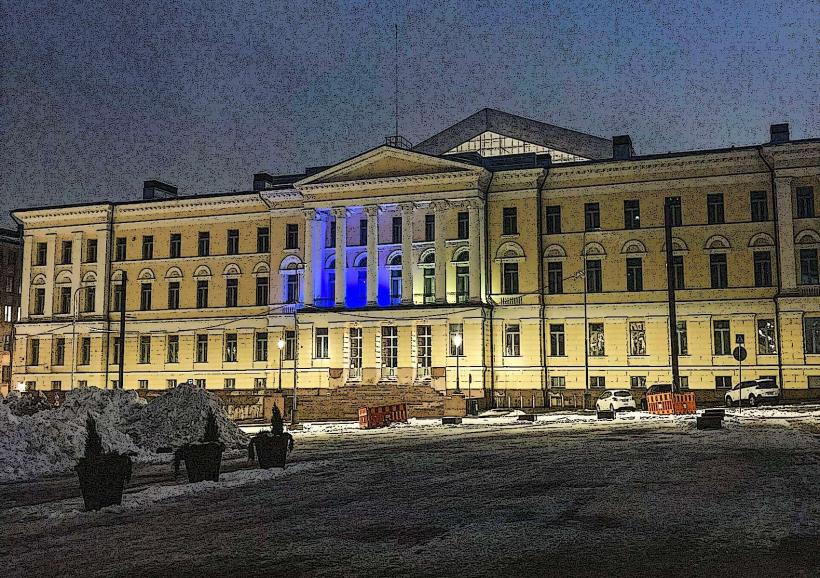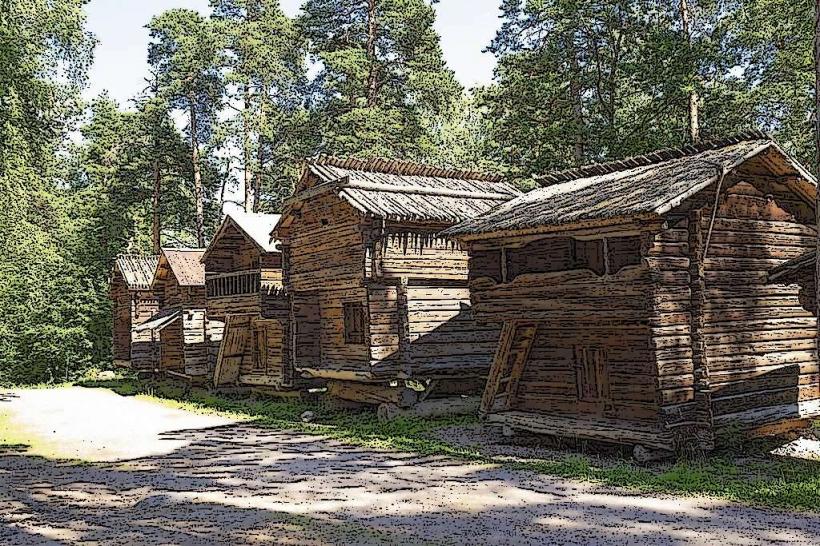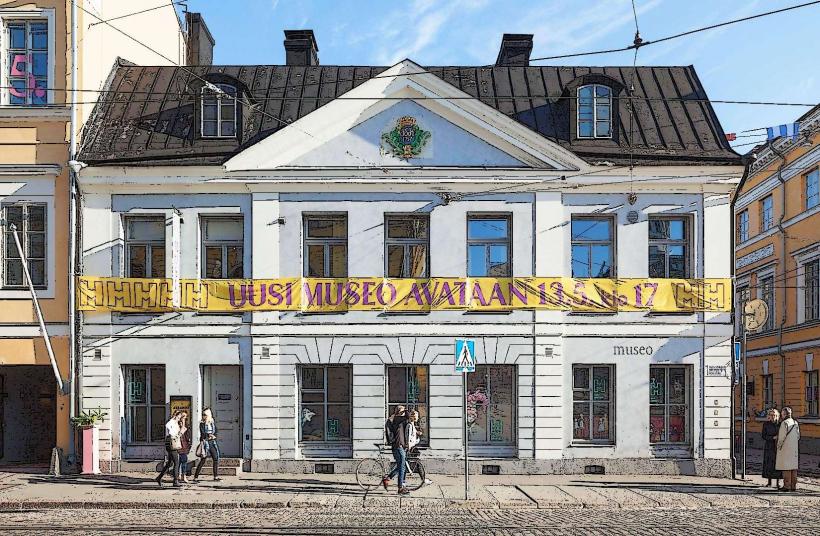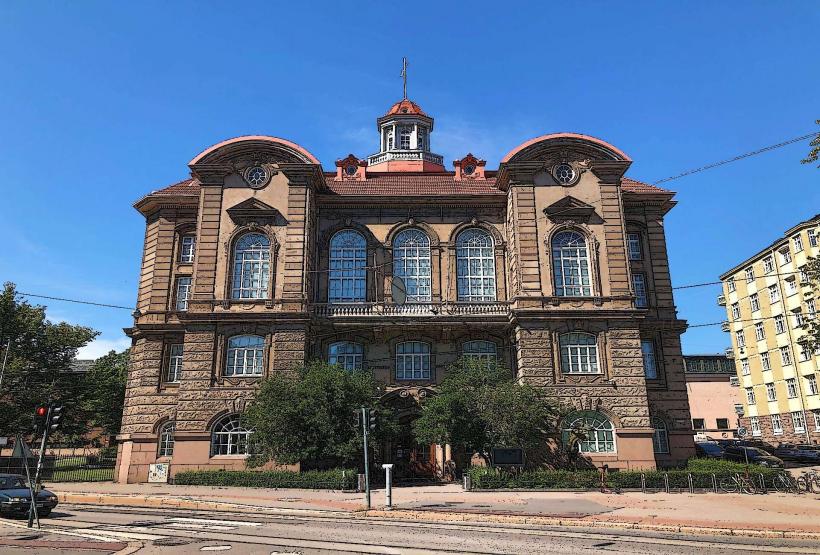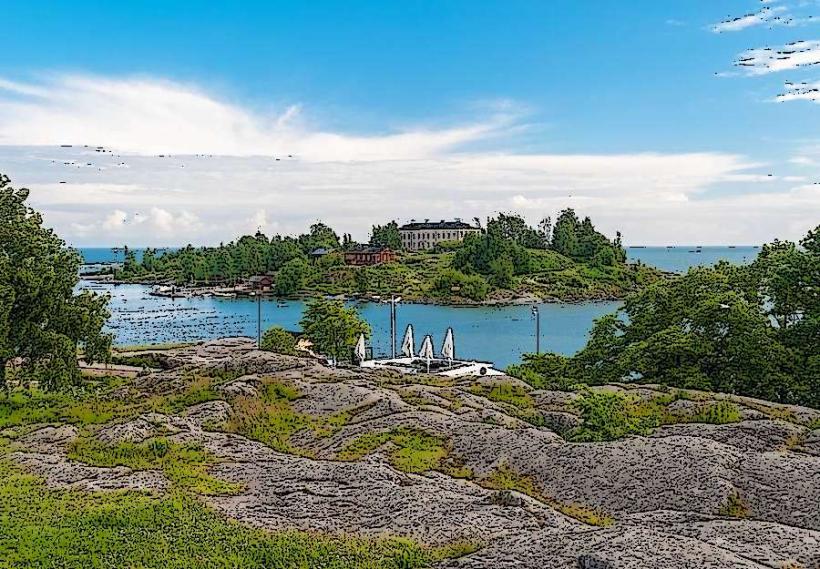Information
Landmark: Sibelius MonumentCity: Helsinki
Country: Finland
Continent: Europe
The Sibelius Monument (Sibeliuksen muistomerkki) is one of Helsinki's most famous landmarks and a powerful tribute to Finland's national composer, Jean Sibelius. Located in Sibelius Park (Sibeliuspuisto) in the Töölö district of Helsinki, the monument is a striking work of art that reflects both the music and the legacy of one of Finland's most celebrated cultural figures.
Historical Background
Jean Sibelius (1865–1957) is considered one of the most important composers in Finnish history and a central figure in the development of Finnish national identity. His compositions, such as the Karelia Suite, Violin Concerto, and the iconic Finlandia, played a key role in fostering national pride during Finland's struggle for independence from Russia in the early 20th century. The Sibelius Monument was created to honor his contributions to Finnish music and culture.
The idea for the monument was conceived in the 1950s, after Sibelius's death. The monument was designed to commemorate his musical legacy and its significance in Finland's cultural and national life. It was officially unveiled on September 7, 1967, on what would have been Sibelius's 102nd birthday.
Design and Architecture
The Sibelius Monument was designed by the Finnish architect Eila Hiltunen, and its design was chosen through a public competition in the 1960s. Hiltunen’s design is highly modern and abstract, embodying both the fluidity and complexity of Sibelius's music.
Key Features of the Monument:
The Pipe Structure:
- The most distinctive feature of the monument is the abstract arrangement of over 600 steel pipes. These pipes vary in length and are arranged in a flowing, organ-like formation that resembles the shape of wind and sound waves. The pipes represent the musical notes and the resonance of Sibelius's compositions, particularly the sense of national identity and pride that his music conveyed.
- The pipes are arranged in a way that they capture and reflect light in different ways depending on the time of day, making the monument a dynamic, changing object. The interplay of light and shadow on the steel pipes evokes the emotional and atmospheric qualities of Sibelius's music.
The Bronze Bust of Jean Sibelius:
- At the base of the monument, there is a bronze bust of Jean Sibelius. This more traditional representation of the composer contrasts with the abstract pipe structure above. The bust is a nod to the traditional, heroic style of commemorating famous figures, but it is the modern, abstract pipes that dominate the monument and reflect the unique nature of Sibelius’s music.
Surrounding Landscape:
- The monument is set in Sibelius Park, a green space near the sea, which enhances the naturalistic elements of the design. The park and its surrounding environment, with trees and the nearby sea, add to the monument's sense of connection to nature and the Finnish landscape, themes that often appear in Sibelius’s music.
Symbolism
The Sibelius Monument is rich in symbolism, reflecting the spirit of both Finland and Sibelius’s music:
The Pipes: The pipes symbolize the ethereal and resonant quality of music, specifically the powerful role that sound plays in Finnish culture and identity. The flowing arrangement of pipes can be interpreted as a representation of musical harmony, national unity, and the vibrancy of Finnish nature.
The Bust: The bust of Sibelius at the base serves as a direct, recognizable tribute to the composer. It’s a reminder of his personal significance to Finland and his role as the nation's musical voice.
Nature and Music: The monument connects the natural world with the concept of music, as Sibelius’s compositions were often inspired by the Finnish landscapes and nature. The undulating lines of the pipes mimic the natural forces of wind, water, and the vast Finnish forests, reinforcing the idea that Sibelius's music was deeply tied to his homeland.
Visitor Experience
The Sibelius Monument has become a popular tourist attraction in Helsinki, drawing visitors from around the world who come to appreciate both its artistic beauty and its tribute to Sibelius. Visitors can walk around the monument, which is designed to be interactive, allowing people to experience the piece from multiple perspectives. The design invites exploration from various angles, providing a dynamic experience that changes depending on the light and the viewer’s position.
The park surrounding the monument provides a peaceful setting for reflection, with benches and a relaxed atmosphere. It is a place where visitors can not only admire the monument but also enjoy the beauty of the Finnish landscape.
Musical Connection
Though the Sibelius Monument is not a functional musical instrument, it has a profound connection to music. The arrangement of the pipes is often described as evoking the sounds of a grand organ or wind instruments, and many visitors imagine the sounds of Sibelius's music echoing through the monument. The design of the pipes was intended to evoke the sense of music without producing actual sound, and it does so by creating a visual metaphor for Sibelius’s compositions.
Conclusion
The Sibelius Monument is a significant and evocative work of public art that honors the legacy of one of Finland’s greatest cultural figures. Its modern, abstract design reflects the innovative nature of Sibelius’s music, while the natural materials and landscape tie the monument to Finnish national identity and pride. A visit to the Sibelius Monument is not only a tribute to the composer but also an experience that connects music, art, and the natural beauty of Finland.

